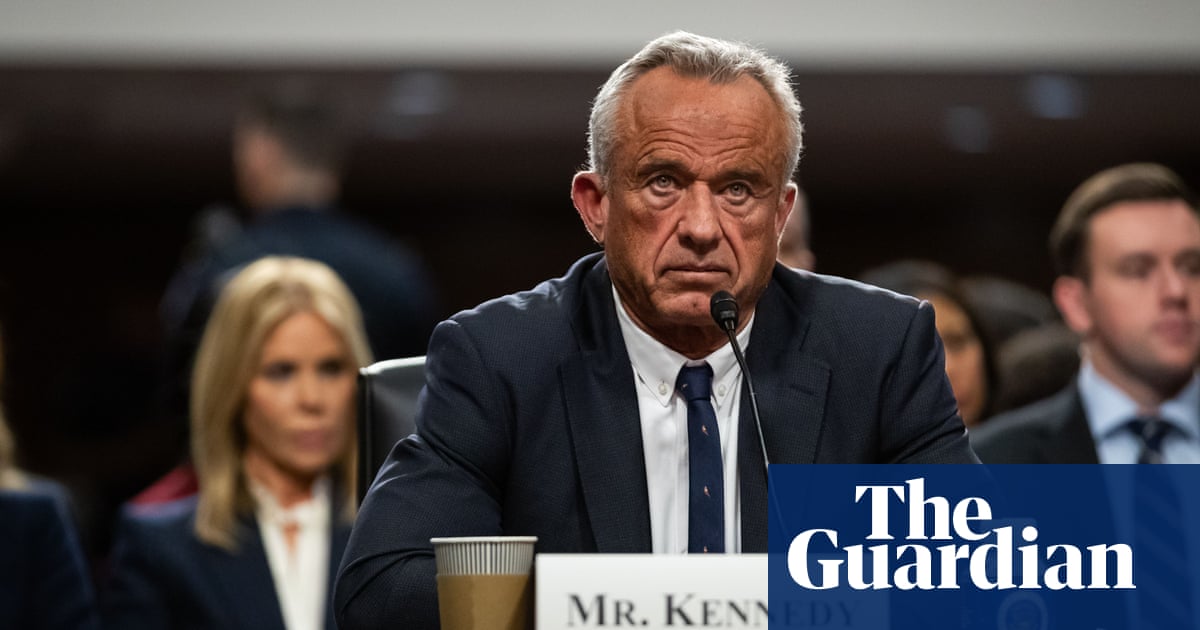Donald Trump has vowed to impose sweeping tariffs on imports from Canada, Mexico and China this weekend.
There will be 25% tariffs on goods coming into the US from Canada and Mexicoand 10% on imports from China.
Here is all you need to know about tariffs, and what could happen with Trump’s planned executive order to enforce them.
What is a tariff?
A tariff is a tax on imports, or foreign goods.
Who pays for tariffs on US imports?
US companies that import goods from abroad pay them. If a US car manufacturer imports a part from Mexico, it will have to pay a tariff once it arrives in the country.
Why is Trump imposing tariffs?
Speaking in the Oval Office, Trump told the media there were several reasons for his decision: “Number one is the people that have poured into our country, so horribly and so much … number two are the drugs, fentanyl and everything else that have come into the country … and number three are the massive subsidies we’re giving to Canada and Mexico over deficits.”
Does this mean the start of a global trade war?
It depends who you ask. After Trump announced details of the latest tariffs, Bryan Lanza, a senior adviser on his 2024 presidential campaign, told BBC Radio 4’s Today programme: “No … this is the threat of a negotiation.”
The president, however, has also said he is contemplating tariffs on European goods in an attempt to reverse the trade deficit, so some analysts fear it could escalate into a tit-for-tat trade war as countries whose exporters are subject to tariffs put their own on US imports in retaliation.
When Trump put tariffs on Chinese imports last time he was in the White House, Beijing put tariffs on US imports, including soybeans and corn. The move ultimately hurt US farmers, who relied on business with China. Without the approval of Congress, Trump ended up bailing out farmers, whose export revenues dropped by at least $10bn after the tariffs were imposed.
The Council on Foreign Relations, a US thinktank, has since calculated that as much as 92% of the proceeds collected from the tariffs on Chinese imports were spent on payouts to farmers.
So who wins, and who loses?
Ultimately, it’s the consumer who loses out from tariffs because they will almost certainly feel the impact through price increases.
Does Trump need congressional approval to impose tariffs?
Republicans have a majority in the House and Senate, which means Trump has a lot of power in Congress to pass legislation.
But the president also has the power to impose tariffs without congressional approval when it relates to national security, protecting US industries or in the case of a “national emergency” – very broad reasons that will make a legal case against the tariffs tough to fight in court.
The way tariffs work, in Trump’s mind, is that they will incentivise US companies to move their manufacturing home from abroad.
“All you have to do is build your plant in the United States, and you don’t have tariffs,” Trump said, a few weeks before the election.
But getting out of complex global manufacturing ecosystems is nearly impossible for many companies. It takes years to get a factory up and running, so even if a company theoretically wanted to bolster its domestic manufacturing to avoid tariffs, Trump’s term would be likely to be over by the time it was ready.

 3 hours ago
1
3 hours ago
1













































